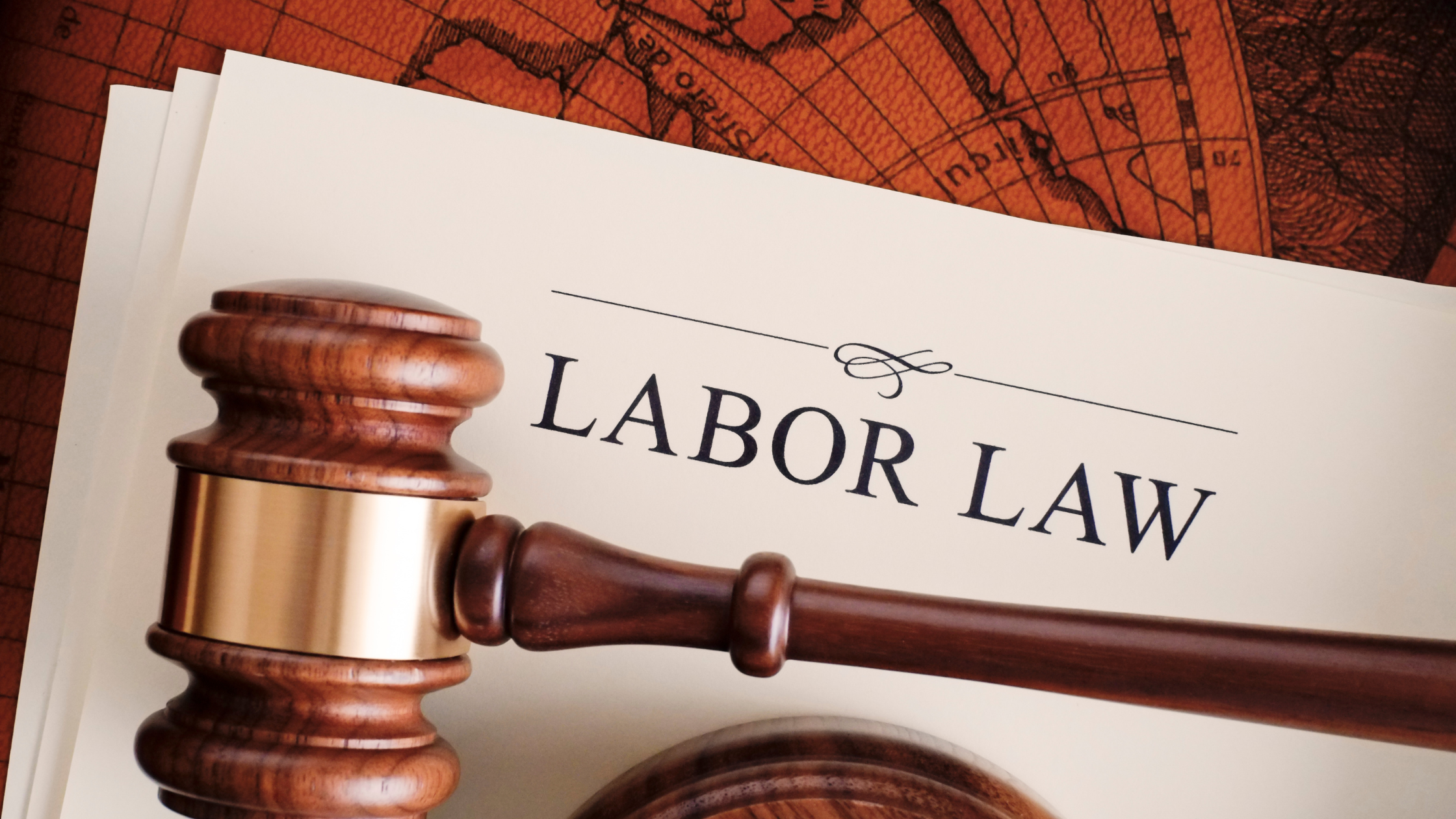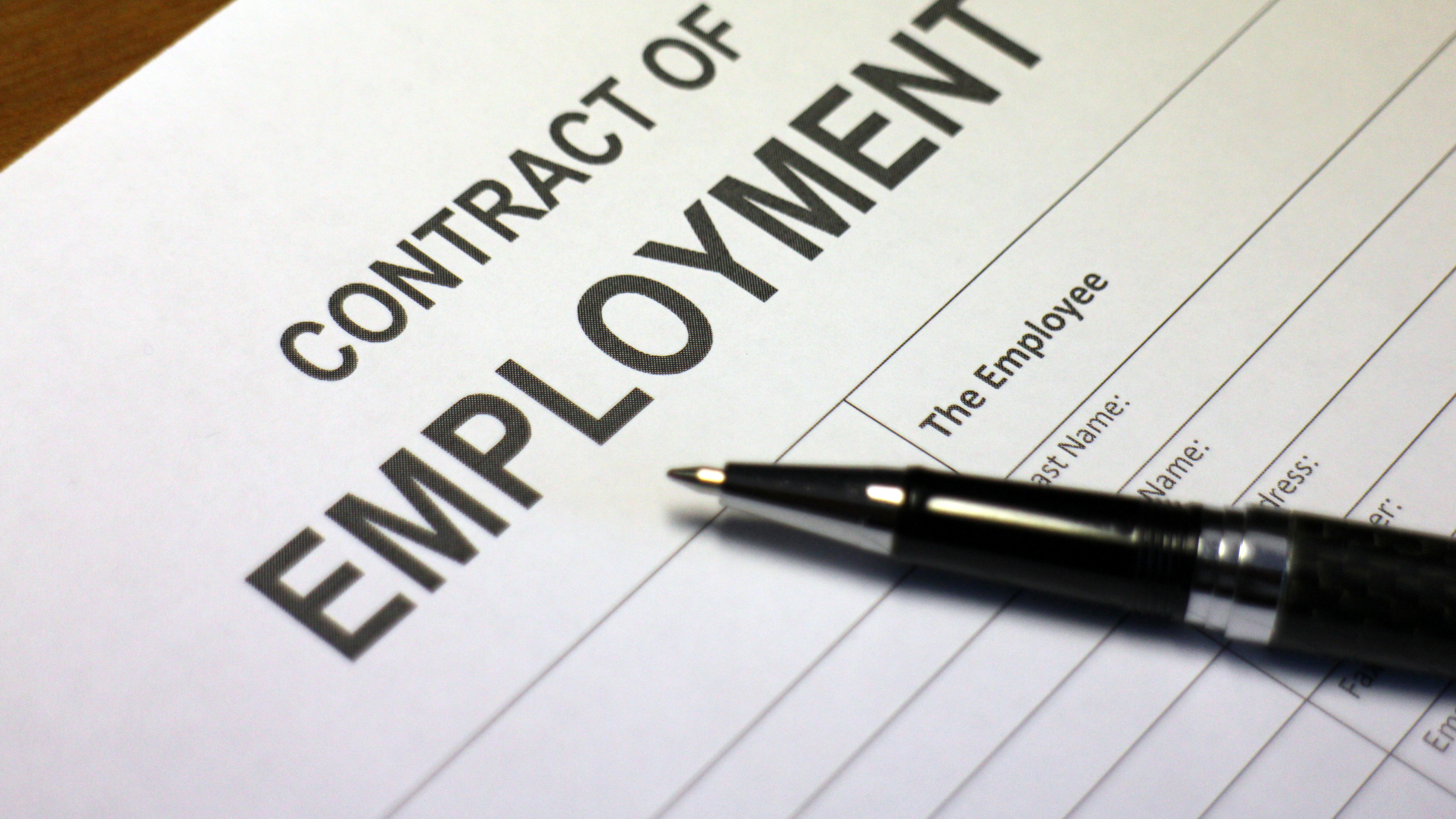Navigating the American Workplace: Understanding Labor Law USA and Work Contracts in the USA
-
 Admin
Admin
- Sep 11, 2024

These regulations uphold equitable treatment, safeguard workers' rights, and advance secure and healthy working environments. This blog will thoroughly analyze American labour laws and employment contracts, emphasizing important details and pointing readers to official sources for more details.
Context of History
There have been several important turning points in American labour law history that have influenced the makeup of the current workforce. Due to the growth of labour unions and collective bargaining in the early 20th century, important laws like the National Labor Relations Act (NLRA) of 1935 were passed. The right of workers to organize unions and participate in collective bargaining was created by this act. The cornerstone for modern labour regulations was laid by the Fair Labor Standard Regulations Act (FLSA) of 1938, which instituted minimum wage USA, overtime compensation, and child labour protections.
Knowing USA Labor Law

The labour law system in the United States is decentralized, in contrast to many other nations. This implies that while state-specific restrictions may exist, federal laws are applicable on a national level. The primary sources are broken out as follows:
Federal Laws: The Department of Labor (DOL) enforces these laws, which form the basis of USA labour law. Several well-known federal legislation consists of:
The Fair Labor Standards Requirements Act: Child labour, overtime compensation, and minimum wage.
The Equal Employment Opportunity Commission(EEOC): Civil-rights-act-1964 prohibits discrimination in employment based on race, colour, religion, sex (including pregnancy), and national origin.
Family and Medical Leave Act: Unpaid leave for medical, family-related reasons.
OSHA or the Occupational Safety and Health Act: Guarantees a wholesome and safe working environment Workplace safety is covered.
State Laws: A lot of states have extra labour laws that give workers even more safeguards. The website of your state's Department of Labor has information.
At-Will Work: The Overarching Principle
One of the most important ideas in USA labour law is "at-will employment." This implies that either the employer or the employee may end the working relationship at any moment, for any reason, and with or without notice, barring a formal contract or other legal protections. Compared to certain other nations where job security laws are more stringent, this is a notable distinction.
Work Contracts: At-Will Exclusions
At-will employment is not always the case, and work contracts may help define when these exclusions apply.
- Employment Contracts: Although they are less popular than in other nations, formal employment contracts are nevertheless provided by some US firms. Job responsibilities, pay, termination policies, and other conditions are usually outlined in these contracts. An employment contract can prevent at-will termination by mandating a valid reason for termination.
- Collective Bargaining Agreements: If workers are members of a union, the terms and circumstances of employment will be governed by a collective bargaining agreement (CBA) that was negotiated between the union and the employer. More job security and other advantages are usually included in these agreements.
Crucial Aspects to Take Into Account in Work Contracts

You must comprehend the conditions of any work contract you may have. The following are some crucial points to consider:
- Pay and perks: Your contract should specify exactly how much you will be paid, including bonuses, overtime pay, health insurance, and other perks.
- Job Duties and Responsibilities: Your job title, responsibilities, and performance standards should all be detailed in your contract.
- Confidentiality: Non-disclosure agreements (NDAs) in certain contracts may limit the information you are permitted to divulge regarding the operations of your employer.
- Termination Clauses: These will specify the reasons for termination as well as any potential benefits you may receive in the form of severance money.
Resources and Assistance from the Government
It can be difficult for both employers and employees to comprehend and navigate labour rules and work contracts. Thankfully, there are several government resources available to offer direction and assistance:
- Department of Labor (DOL), U.S.
Offers guidance on workplace rights, compliance support, and labour laws. - Board for National Labor Relations (NLRB)
Manages labour disputes and upholds. - Office of Occupational Safety and Health (OSHA)
Provides information about workplace safety regulations and their implementation. - Commission on Equal Employment Opportunity (EEOC)
Offers instructional materials and upholds rules prohibiting discrimination in the workplace. - Division of Wages and Hours (WHD)
Upholds child labour, overtime, and minimum wage.
In summary,
A thorough understanding of the many federal regulations and employment agreements is necessary to navigate labour law and work contracts in the United States. Both employers and employees need to be aware of the ins and outs of employment contracts, as well as fundamental legislation such as the NLRA and FLSA, to maintain compliance and safeguard their rights. In this complicated environment, using government resources like those from the DOL, NLRB, OSHA, and EEOC can be quite helpful. It is strongly advised to consult the corresponding government websites for more thorough information. A pleasant work experience depends on understanding USA labour law and how work contracts may affect employment. Recall that you can use the US government's resources as a guide during this procedure.


Comments
Smith
3
Smith
3
Smith
3
Smith
3
Smith
3
Smith
3
Smith
3
Smith
3
Smith
3
Smith
3
Smith
3
Smith
3
Smith
3
Smith
3
Smith
3
Smith
3
Smith
3
Smith
3
Smith
3
Smith
3
Smith
3
Smith
3
Smith
3
Smith
3
Smith
3
Smith
3
Smith
3
Smith
3
Smith
3
Smith
3
Smith
3
Smith
3
Smith
3
Smith
3
Smith
3
Smith
3
Smith
3
Smith
3
Smith
3
Smith
3
Smith
3
Smith
3
Smith
3
Smith
3
Smith
3
Smith
3
Smith
3
Smith
3
Smith
3
Smith
3
Smith
3
Smith
3
Smith
3
Smith
3
Smith
3
Smith
3
Smith
3
Smith
3
Smith
3
Smith
3
Smith
3
Smith
3
Smith
3
Smith
3
Smith
3
Smith
3
Smith
3
Smith
3
Smith
3
Smith
3
Smith
3
Smith
3
Smith
3
Smith
3
Smith
3
Smith
3
Smith
3
Smith
3
Smith
3
Smith
3
Smith
3